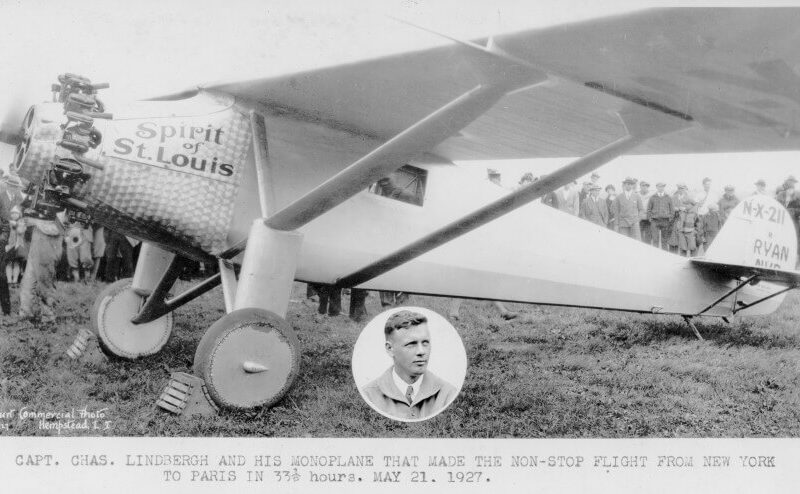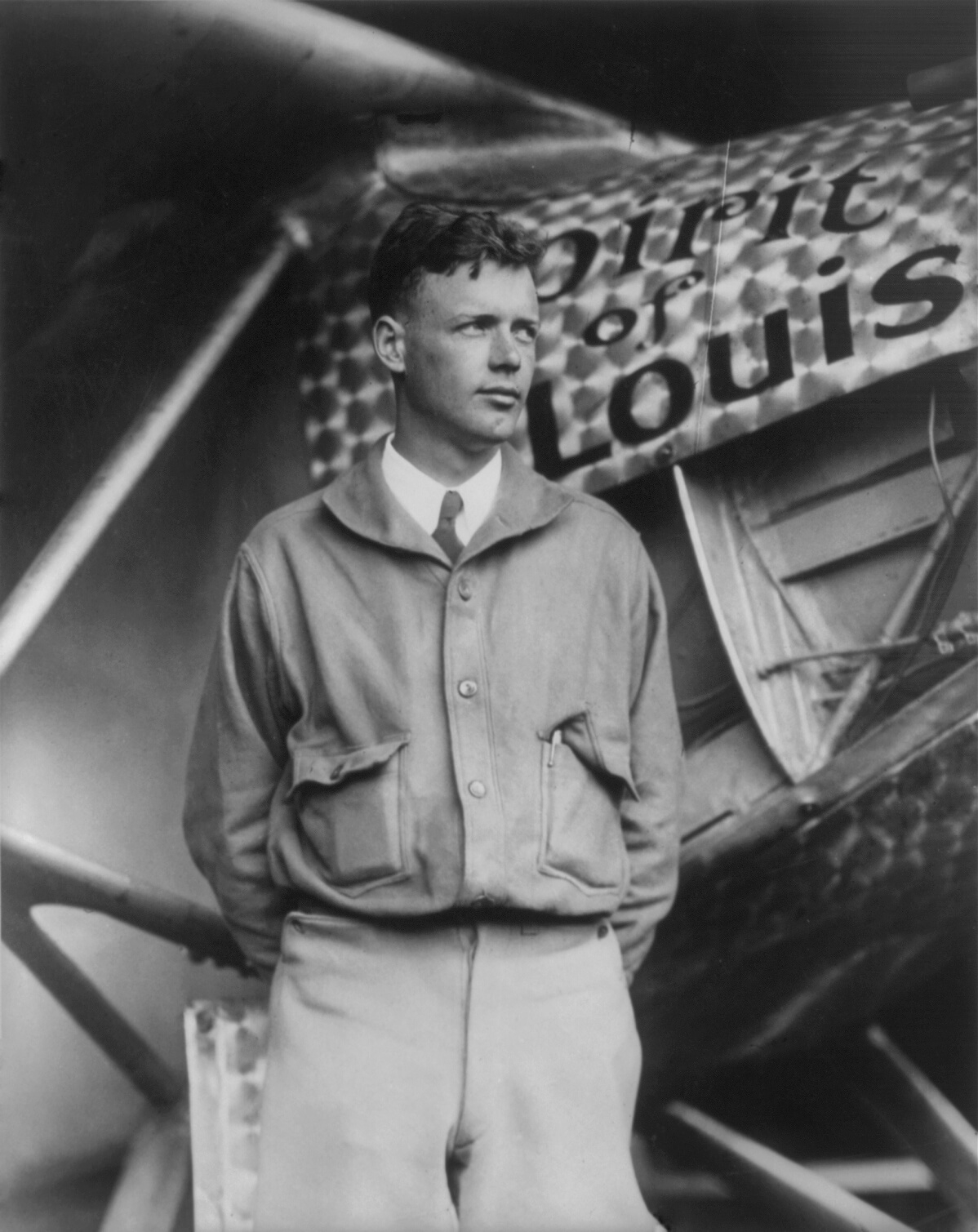It was on this day, 95 years ago, that Charles Lindberg landed at Paris Le Bourget Aerodrome at 10.22pm, becoming the first person to fly solo non-stop across the Atlantic Ocean.
After traveling a distance of 5,800km, the 25-year-old arrived 33 hours and 30 minutes after leaving New York and was welcomed by 150,000-strong crowd just outside Paris, France.
Charles Augustus Lindbergh
Born in Detroit, Michigan in the U.S. on February 4, 1902, Charles Augustus Lindbergh had, from an early age, shown interest in various forms of transportation before going on to study mechanical engineering in college.
By the time he was 20, Lindbergh had expressed a particular interest in flying and quit his studies to enroll at the Nebraska Aircraft Corporations flying school in Lincoln. It was while in Lincoln that he took his first flight as a passenger in a training aircraft. He then began taking lessons.
Setting his sights on flying, Lindbergh left Lincoln and spent time earning money and gaining flight experience. He took up barnstorming – stunt pilot air displays, popular during the 1920s in America – as a wing walker and parachutist.
In 1923, Lindbergh purchased a Curtiss JN-4 biplane for $500 and, after half an hour of dual flying instruction, flew solo for the first time. With only five hours experience flying as pilot in command, he departed on his first solo cross-country flight, traveling more than 140 miles.
By March 1924, Lindbergh had begun flight training with the United States Army Air Service, graduating top of his class in 1925 and earning his wings. After graduating, he returned to barnstorming, now as a pilot under the name ‘Daredevil Lindbergh’. He was also employed as a flight instructor and worked flying mail from St. Louis to Chicago.
Transatlantic Flight
Until the mid-20th century, passenger ocean liners were the only accessible way to cross the Atlantic Ocean. In 1913, the Daily Mail offered a prize of £10,000 for the first crossing of the Atlantic by aeroplane, but with the onset of war it wasn’t until 1919 that serious attempts were planned.
In May 1919, New York hotelier Raymond Orteig also offered a $25,000 reward for the first allied aviators to fly non-stop between New York City and Paris. It was seven years later when the first attempts were made. Six aviators died in unsuccessful attempts, with several others injured in crashes.
The Spirit of St. Louis
Still an unknown aviator, Lindbergh found financial help from two St. Louis businessmen, who gave him $15,000 to fund his attempt at the Orteig Prize.
The task of finding an aircraft proved difficult as larger companies including Wright Aeronautical and Columbia Aircraft Corporation insisted on selecting the pilot to fly. Eventually, Lindbergh turned to the Ryan Aircraft Company. Based in San Diego, the small manufacturer agreed to build a custom monoplane within 60 days.
The aircraft ‘Ryan NYP’ (New York Paris) model was a single seat, single-engine, high-wing aircraft based on the similar ‘Ryan M-2’ mail plane. The ‘Ryan NYP’ was named the Spirit of St. Louis in honor of Lindbergh and his then hometown of St. Louis. On May 10, 1927, after initial test flights, Lindbergh flew the aircraft to Roosevelt Field, New York, ready for his transatlantic attempt.
First Solo Transatlantic Flight
Early in the morning of May 20, 1927, Lindbergh left Roosevelt Airfield, Long Island, New York. The plane weighed a mere 2.7 tons when it departed. Throughout the flight, Lindbergh piloted through challenging conditions, navigating only through dead reckoning − estimating track, groundspeed and position based on earlier known positions − without the use of radio navigation equipment.
Linbergh landed at Le Bourget Aerodrome, Paris, at 10:22pm on May 21, 1927 after a flight time of 33 hours and 30 minutes. He was an instant celebrity with a crowd of 150,000 people welcoming the Spirit of St. Louis.
It would be another 31 years before the first jet aircraft passenger service crossed the Atlantic when BOAC flew the de Havilland Comet from London to New York.
By comparison to 1927, the fastest subsonic crossing stands at four hours and 56 minutes. During the era of Concorde, the iconic supersonic aircraft managed a crossing in just two hours and 53 minutes.
Today, The Spirit of St. Louis aircraft flown by Lindbergh is on display at the National Air and Space Museum in Washington D.C.


